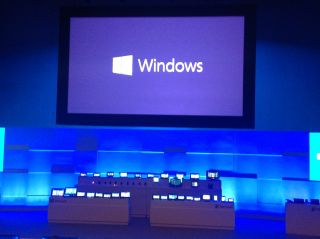 Networking and telco analyst house the Dell’Oro Group believes Wireless LAN market revenues could be worth as much as $12 billion in 2017.
Networking and telco analyst house the Dell’Oro Group believes Wireless LAN market revenues could be worth as much as $12 billion in 2017.
The figure is 50 percent larger than revenues for 2012. Key drivers will be deployment of Service Provider Wi-Fi, 802.11ac, cloud managed WLAN, plus additional growth in consumer video using wi-fi and Bring Your Own Device.
Companies such as Cisco, understanding that new LTE networks may be under a great deal of strain in the near future, are also strongly pushing wi-fi to ease the burden.
Dell’Oro group veep Chris DePuy noted that enterprises understand wireless LAN access is critical, however, in the past they have been installing wireless as an overly network, separate from the ethernet network.
When faster 802.11ac wireless systems are installed, DePuy expects there will be an increased understanding that the interaction between ethernet edge switches and enterprise WLAN is worth looking at. So there’s cash to be made for enterprise edge vendors.
The claims are from a recent Dell’Oro report, which also looks specifically at future revenues for cloud managed equipment and services.


















